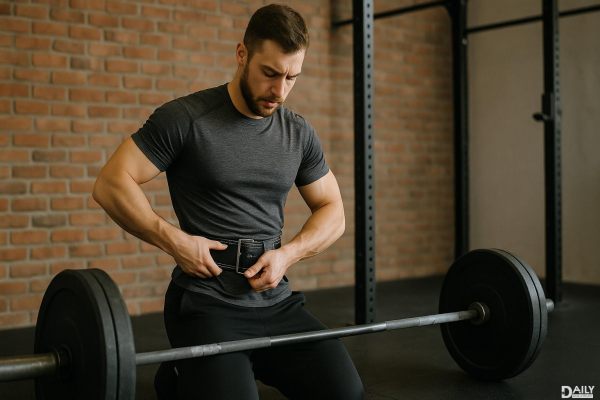If you're looking to build a rock-solid core, mastering the transverse abdominis (TVA) is your golden ticket. This deep-lying muscle acts like a natural corset, wrapping around your midsection to stabilize your spine and support your posture. Unlike the flashy "six-pack" muscles (rectus abdominis), the TVA works behind the scenes—but neglect it, and you’ll miss out on serious strength, balance, and injury prevention. Whether you're lifting heavy, chasing PRs, or just trying to avoid lower back pain, training your TVA is non-negotiable. Let’s break down why this muscle is a game-changer and how to activate it like a pro.
Why the Transverse Abdominis is Your Secret Weapon
Think of your TVA as the body’s built-in weight belt. When engaged correctly, it creates intra-abdominal pressure, bracing your spine during lifts, twists, and even everyday movements like picking up groceries. Weak TVA muscles? That’s when your lower back takes the hit—hello, stiffness and slipped discs. Research shows that TVA activation reduces shear forces on the spine by up to 40%, making it a MVP for athletes and desk jockeys alike. Plus, a strong TVA flattens your waistline more effectively than endless crunches (bonus: no neck strain from mindless sit-ups).
Spot Check: Are You Even Using Your TVA?
Here’s a quick test: Stand tall and cough. Feel that deep tension below your belly button? That’s your TVA firing. Now try this: Lie on your back, knees bent, and exhale fully while pulling your belly button toward your spine (imagine zipping up tight jeans). If your lower ribs flare or your pelvis tilts, your TVA is snoozing. Most people "cheat" by sucking in their stomach or overusing superficial muscles—so practice this drill daily to rewire your brain-muscle connection.
No-Fluff Exercises to Wake Up Your TVA
Forget crunches—these moves target your deep core without straining your neck or hip flexors:
Level Up: Integrate TVA Activation into Big Lifts
O
nce you’ve nailed the basics, apply TVA engagement to compound movements:Breathing Hacks for Next-Level Core Strength
Your diaphragm and TVA are BFFs. Master diaphragmatic breathing: Inhale deeply through your nose, letting your belly expand (not your chest), then exhale through pursed lips while drawing your navel inward. Try it during carries (farmer’s walks, suitcases) to build endurance. Bonus: This also lowers stress hormones—core work and chill vibes in one.
Consistency is key—your TVA won’t transform overnight. But stick with these strategies, and you’ll notice fewer aches, better performance, and maybe even those jeans fitting looser. Remember: A strong core isn’t about aesthetics; it’s about moving through life with power and ease. Now go brace yourself (literally).
























